Research Stories
Filter by category
Filter by year
Filter by year
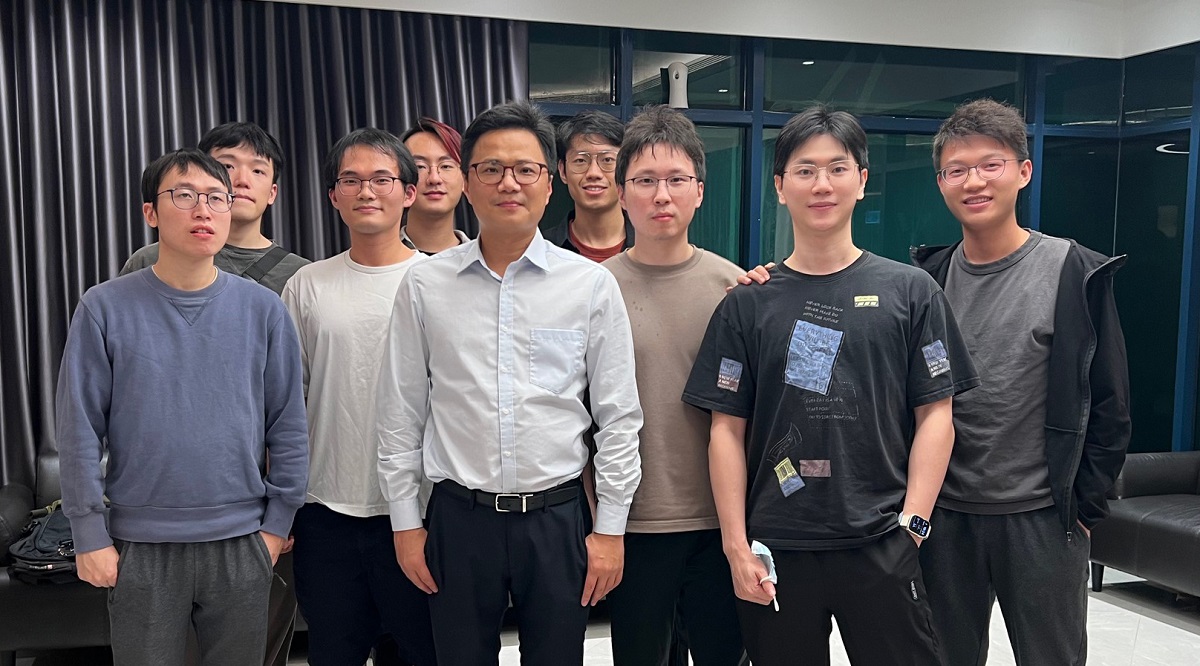
DNA and RNA, the two main types of nucleic acid and the building blocks of life, are susceptible to environmental stimuli, which can cause them to deform, bend or twist. These deformations can significantly affect gene regulation and protein functions, but they are extremely difficult to measure using traditional techniques.
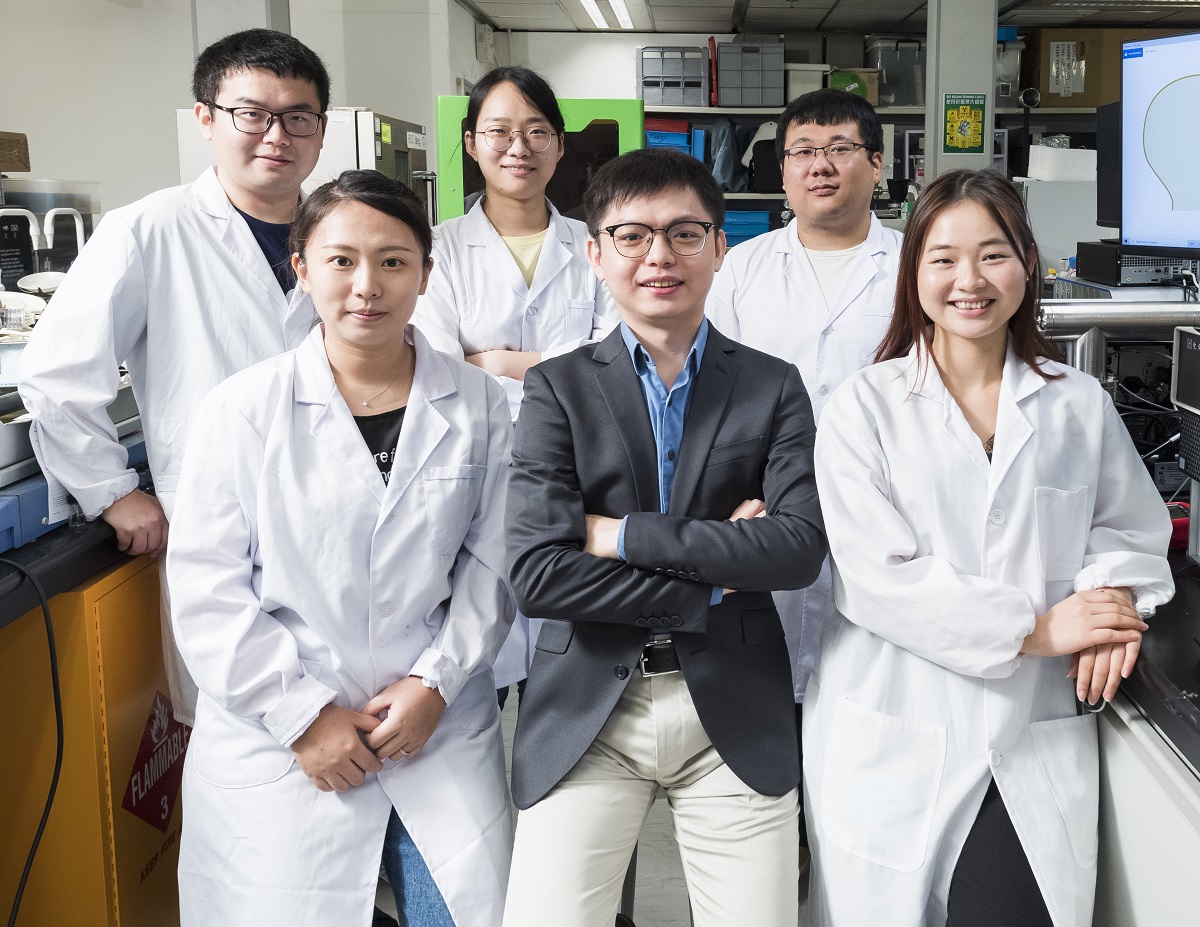
A joint research team from City University of Hong Kong (CityU) and collaborators recently developed a stable artificial photocatalytic system that is more efficient than natural photosynthesis.

State-of-the-art research into the precise delivery of cells using microrobots and the study of the medium-range structure of metallic glass developed at CityU have been honoured with two second-class awards in the Natural Science category at the Higher Education Outstanding Scientific Research Output Awards (Science and Technology) 2022 from the Ministry of Education.
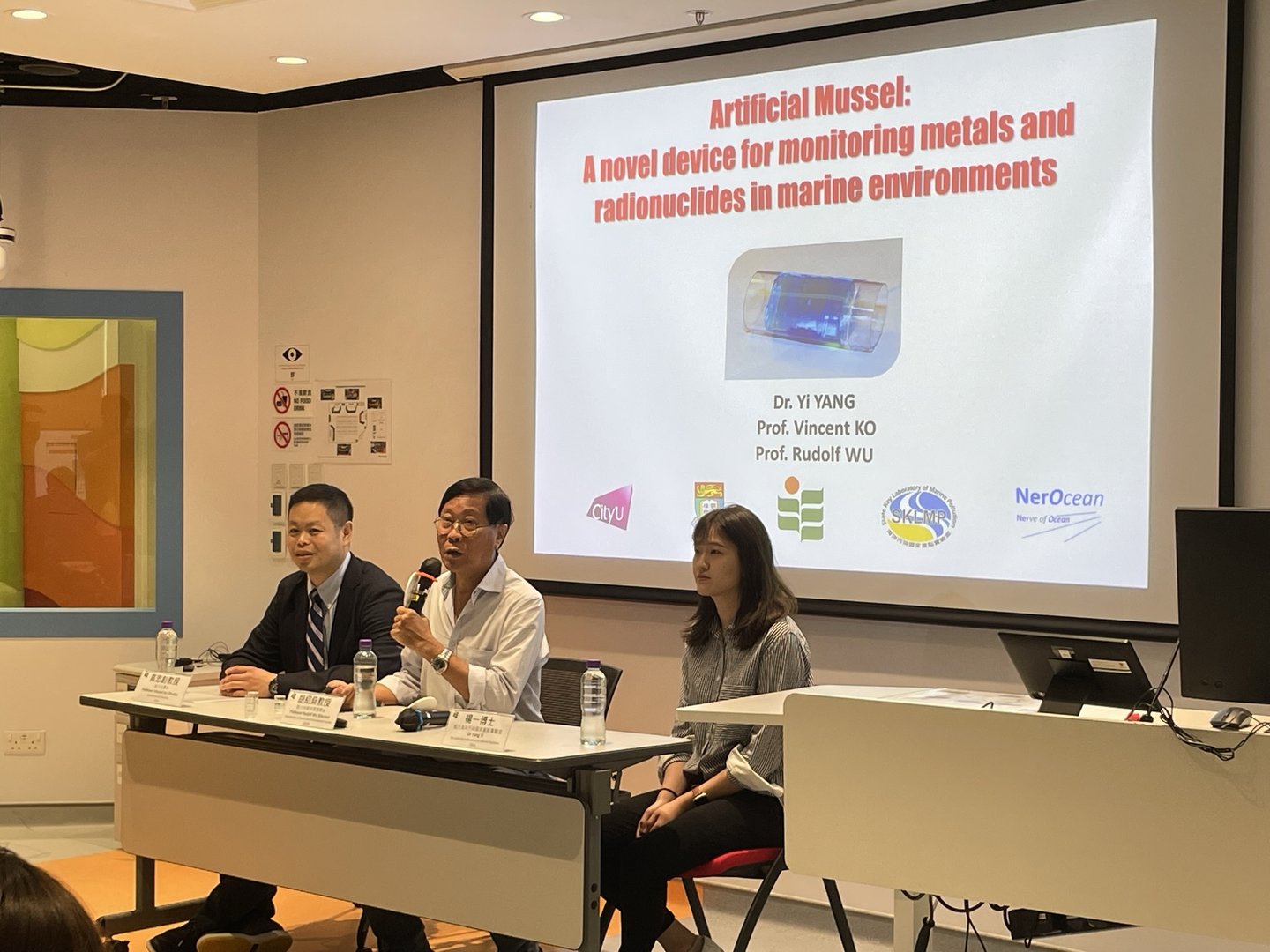
With the support of the State Key Laboratory of Marine Pollution, a cross-institutional study involving the Education University of Hong Kong, the City University of Hong Kong, and the University of Hong Kong, has uncovered a promising new method for monitoring radionuclides in the ocean.
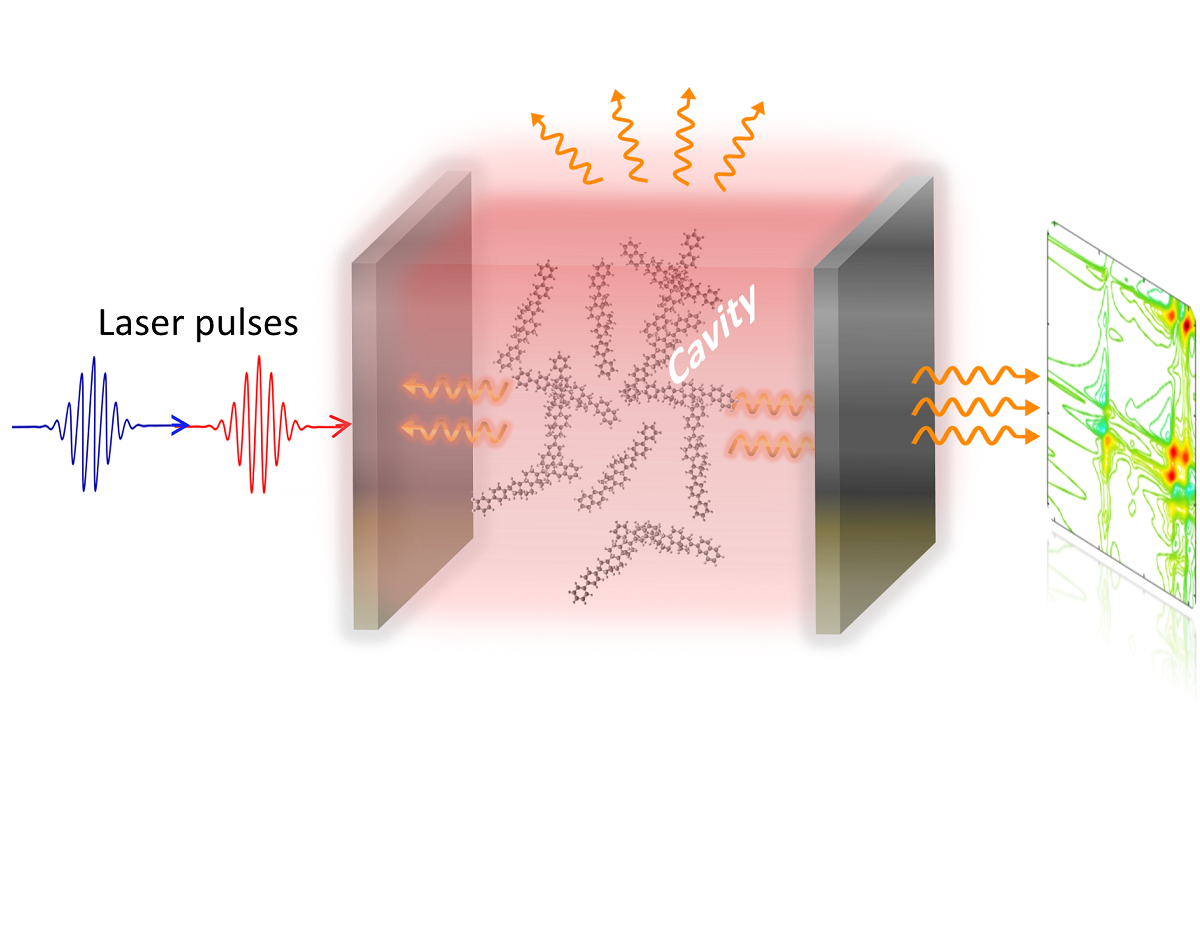
A team led by a physicist from City University of Hong Kong (CityU) recently developed a new quantum theory that explains the “l(fā)ight-induced phase” of matter and predicts its novel functionalities.
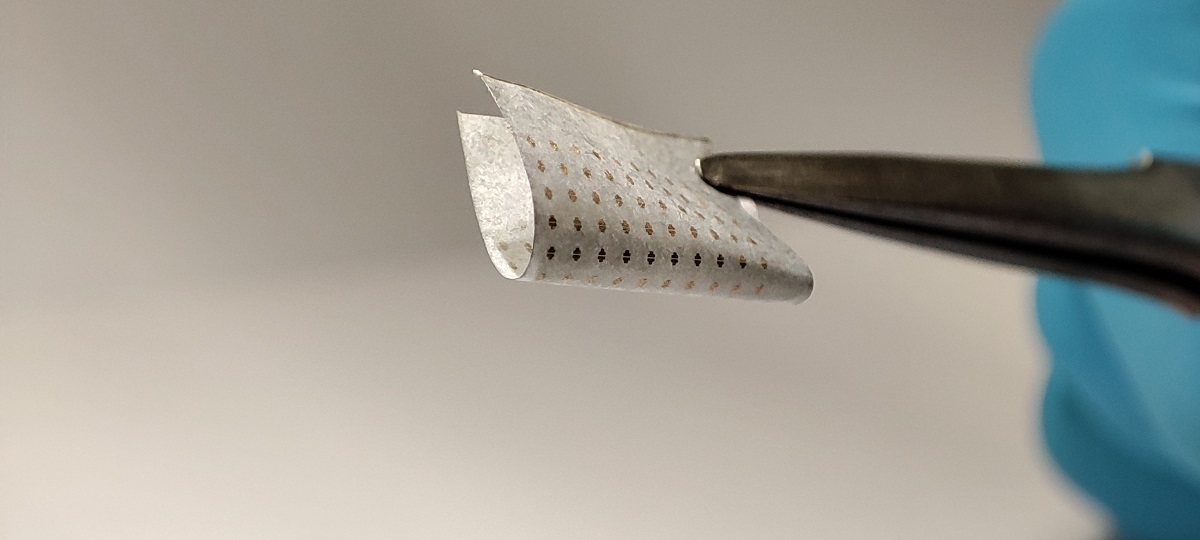
A collaborative team led by researchers from City University of Hong Kong (CityU) recently invented an innovative method for synthesizing high-quality, semiconducting nanomesh at a lower temperature and production cost than conventional methods. The findings will help enable the large-scale production of nanomesh for next-generation electronics.